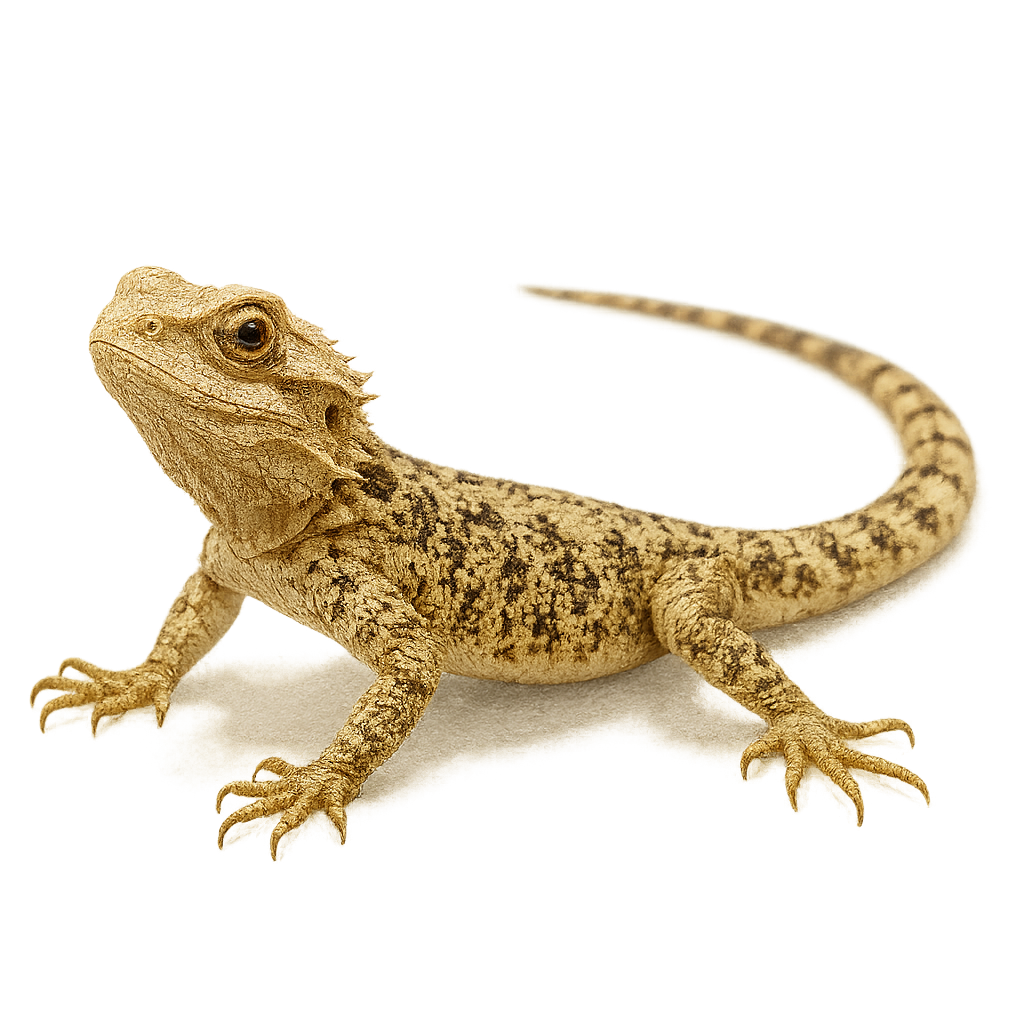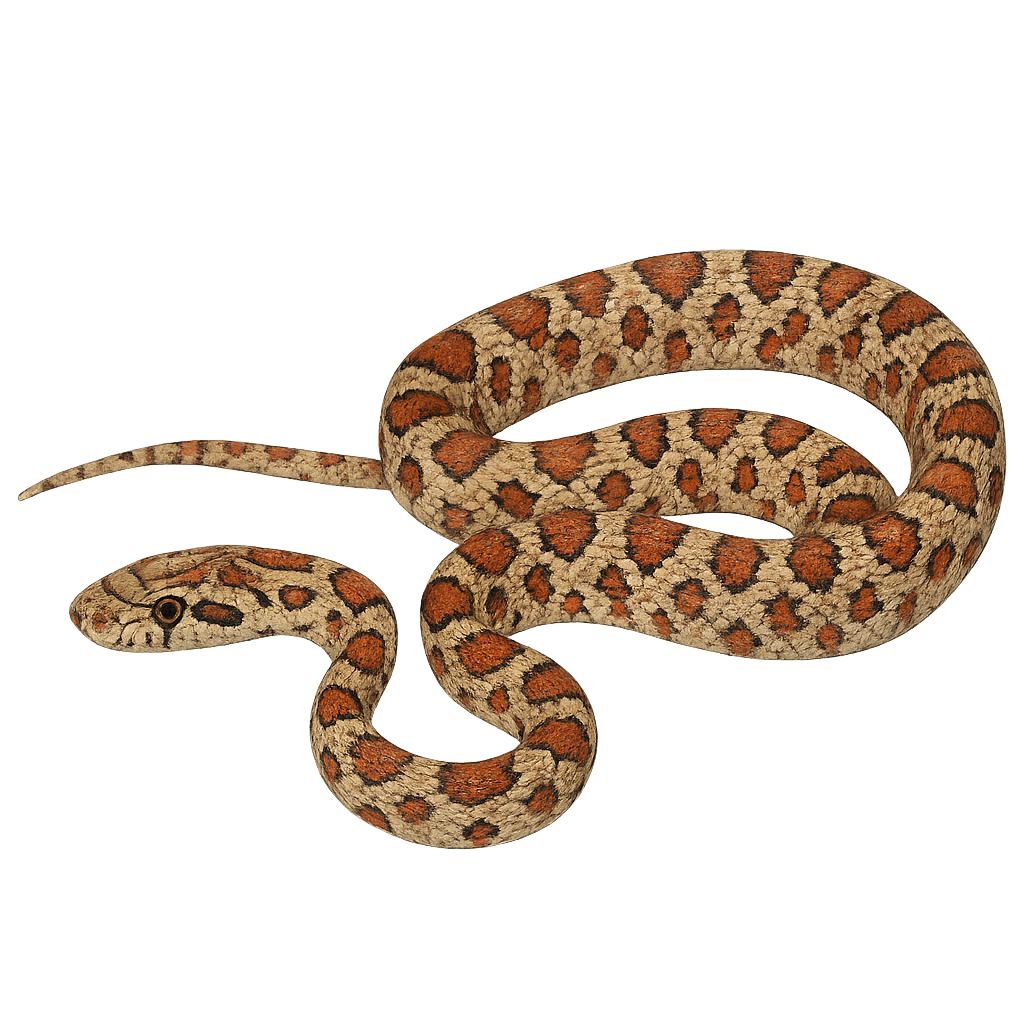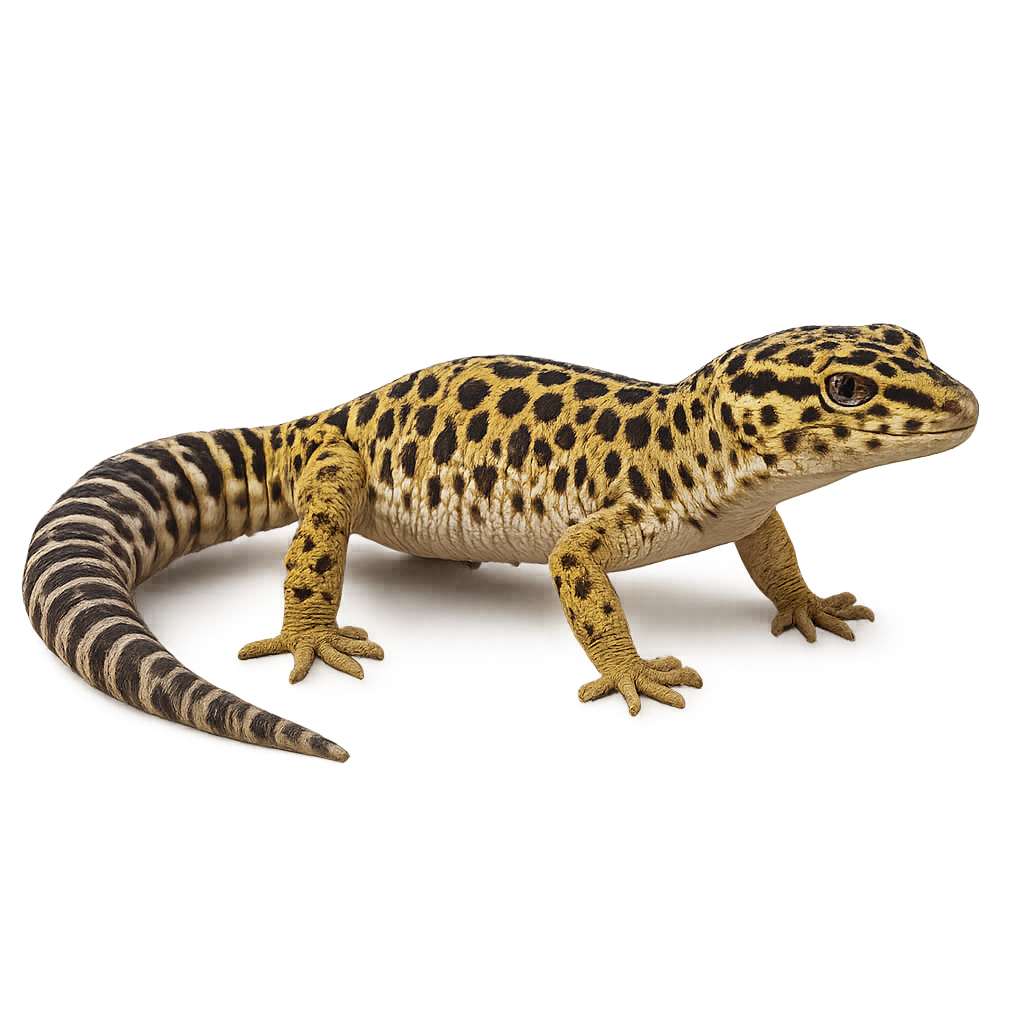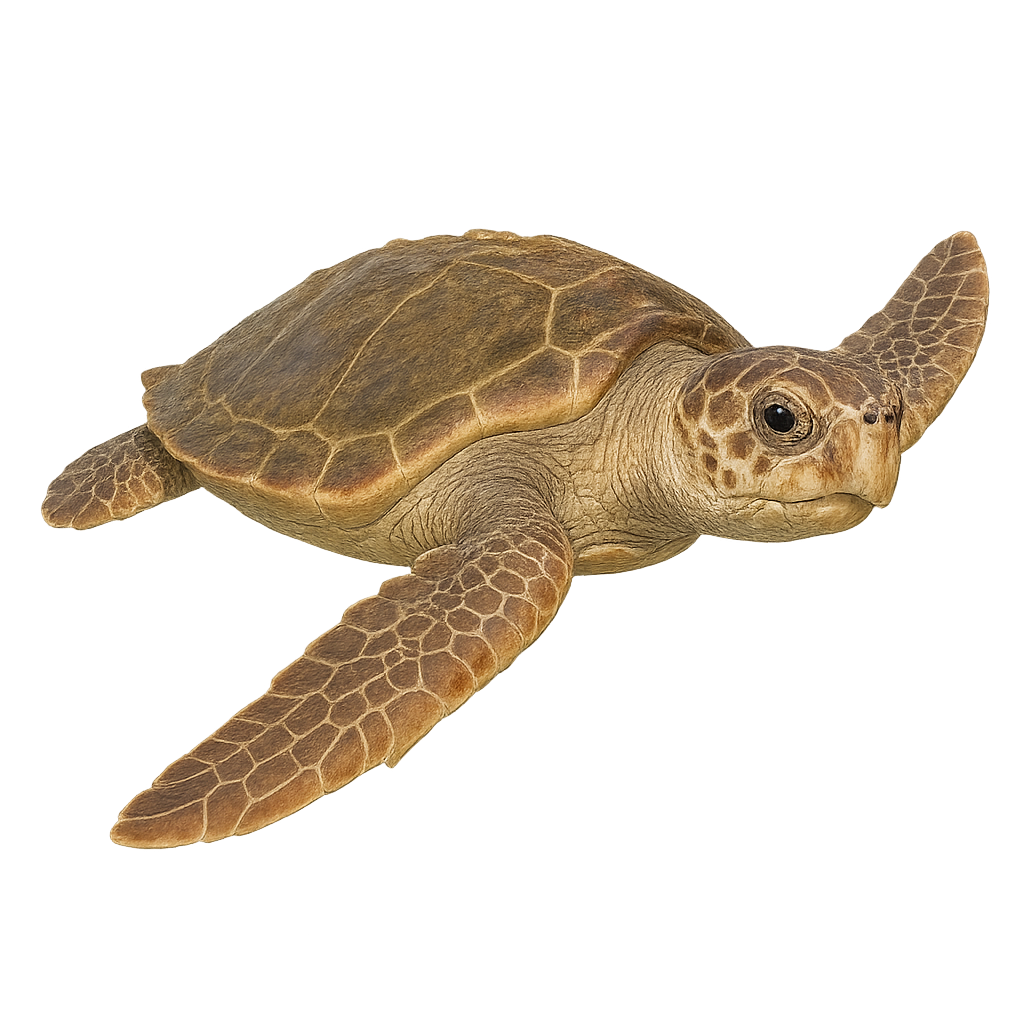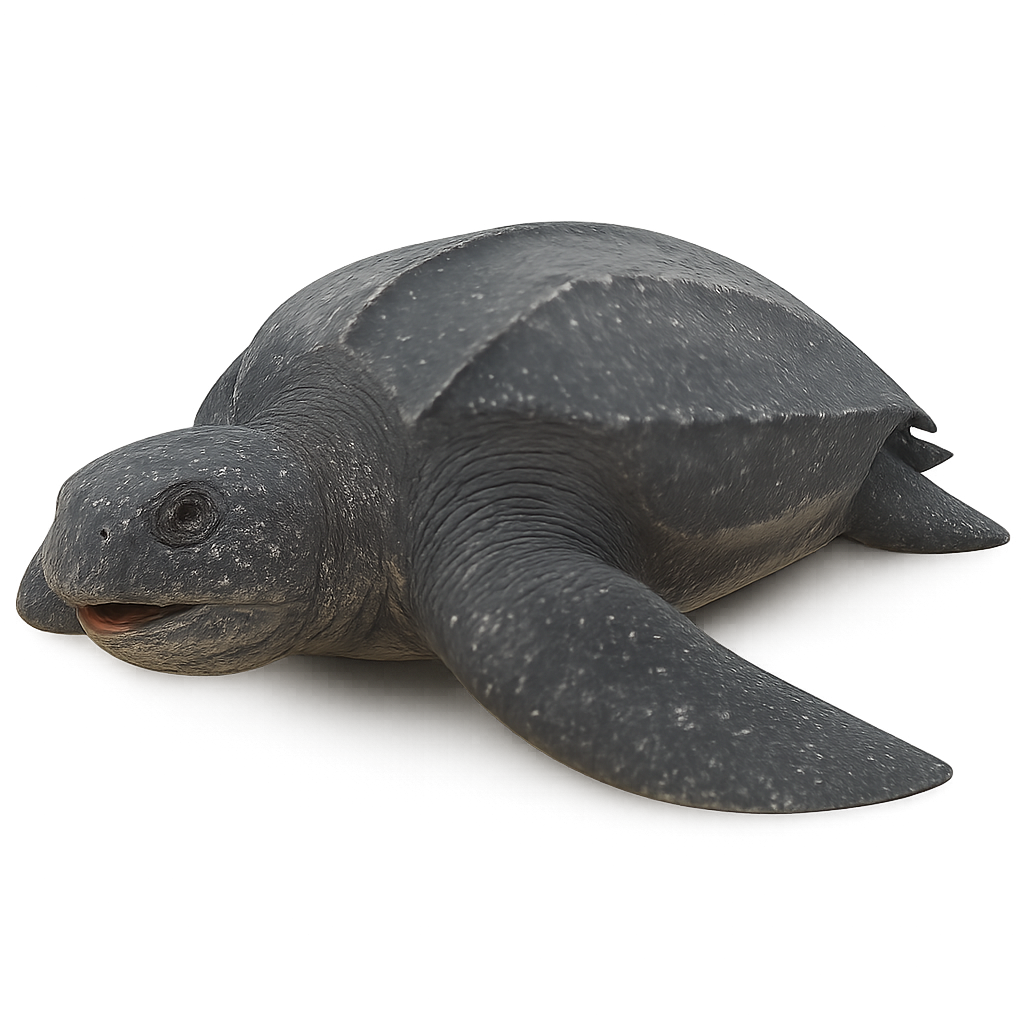Your wildlife tracking tool..
Browse 2,846species by country, track observations, and plan your photo outings.
Your global reference for wildlife photography
WildlifePhotographer gives you access to over 2,846 wildlife species sheets to help you identify, understand, and photograph wildlife around the world. Mammals, birds, reptiles… each sheet provides key information: habitat, activity, life cycle, signs of presence, and tailored photo tips.
Our database grows every week with new iconic species. To go further, access maps, reminders, logs, and personalized statistics in the app — designed to meet the real needs of wildlife photographers in the field.
Lehmann's Agama
Agama lehmanni
Lehmann's Agama is a fascinating lizard known for its adaptability to various environments. This reptile is primarily found in mountainous regions, where it skillfully camouflages itself among rocks and shrubs. Its coloration can vary, but it often exhibits shades of brown and gray that allow it to blend into its natural habitat. Lehmann's Agama is a diurnal animal, active mainly during sunny hours. It primarily feeds on insects and small invertebrates. Although its behavior is generally suspicious, it can become more tolerant of humans if not disturbed.
Labord's Chameleon
Furcifer labordi
The Labord's Chameleon, Furcifer labordi, is a chameleon species endemic to Madagascar. This reptile is particularly fascinating due to its extremely short life cycle, one of the shortest among vertebrates. Adults emerge after the rainy season, reproduce quickly, and then die, leaving their eggs to survive the dry season. This unique life cycle is an adaptation to Madagascar's climatic conditions. Males are often more colorful than females, displaying vibrant shades of green and blue. They primarily inhabit dry forests and shrub areas, skillfully camouflaging among leaves and branches.
Leopard Snake
Zamenis situla
The Leopard Snake, Zamenis situla, is a non-venomous snake known for its distinctive color pattern, featuring reddish-brown spots bordered with black on a gray or beige background. It is mainly found in southern Europe, particularly in Italy, Greece, and the Balkans. This snake prefers dry, rocky habitats, often near cultivated areas. Typically measuring between 60 and 90 cm, it is agile and feeds primarily on small mammals and birds. Although discreet and somewhat suspicious, it is not aggressive towards humans. Its conservation is concerning due to habitat loss and human persecution.
Leopard gecko
Eublepharis macularius
The Leopard gecko is a terrestrial species native to the desert and semi-desert regions of Asia, particularly Pakistan, India, and Nepal. This gecko is easily recognized by its dark spots on a pale yellow background, giving it a unique appearance. Unlike other geckos, it has movable eyelids, allowing it to blink, unlike other species that have fixed eyelids. The Leopard gecko is a nocturnal predator, primarily feeding on insects and small invertebrates. It is popular in the reptile trade due to its calm temperament and ease of care.
Loggerhead sea turtle
Caretta caretta
The loggerhead sea turtle is a large marine turtle in the family Cheloniidae, reaching up to 95 cm in shell length and weighing up to 135 kg. It inhabits temperate and subtropical coastal waters, feeding mainly on crustaceans, molluscs, and jellyfish. During the nesting season, females return to beaches to lay eggs in nests dug in the sand.
Leatherback sea turtle
Dermochelys coriacea
The Leatherback Turtle is the largest of all sea turtles and one of the largest reptiles in the world. It typically measures between 2 and 2.5 meters in length, with a weight ranging from 250 to 700 kg, although some individuals can reach up to 900 kg. Its shell is usually dark in color, sometimes tinged with gray or brown, and is covered with small, tile-like plates. The Leatherback Turtle is an excellent swimmer, capable of covering long distances across oceans. It primarily feeds on jellyfish, which it catches while swimming in deep waters. Despite its impressive size, the Leatherback Turtle is critically endangered due to plastic pollution, the loss of its nesting habitats, and poaching. Its population is declining, and it is protected in many countries.


